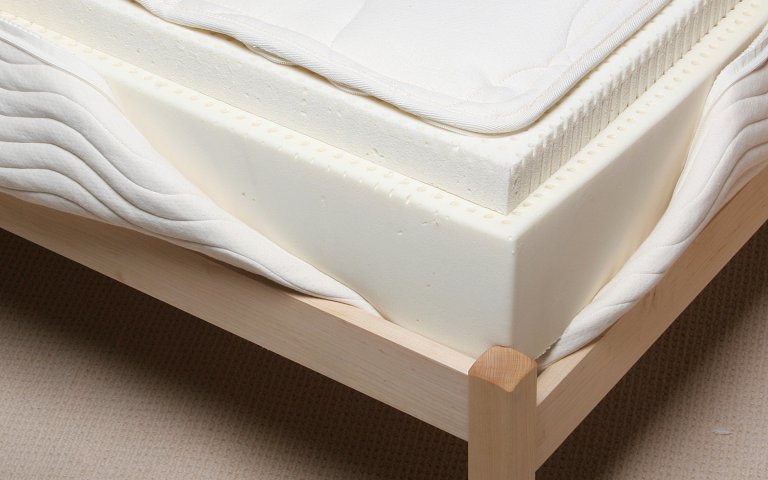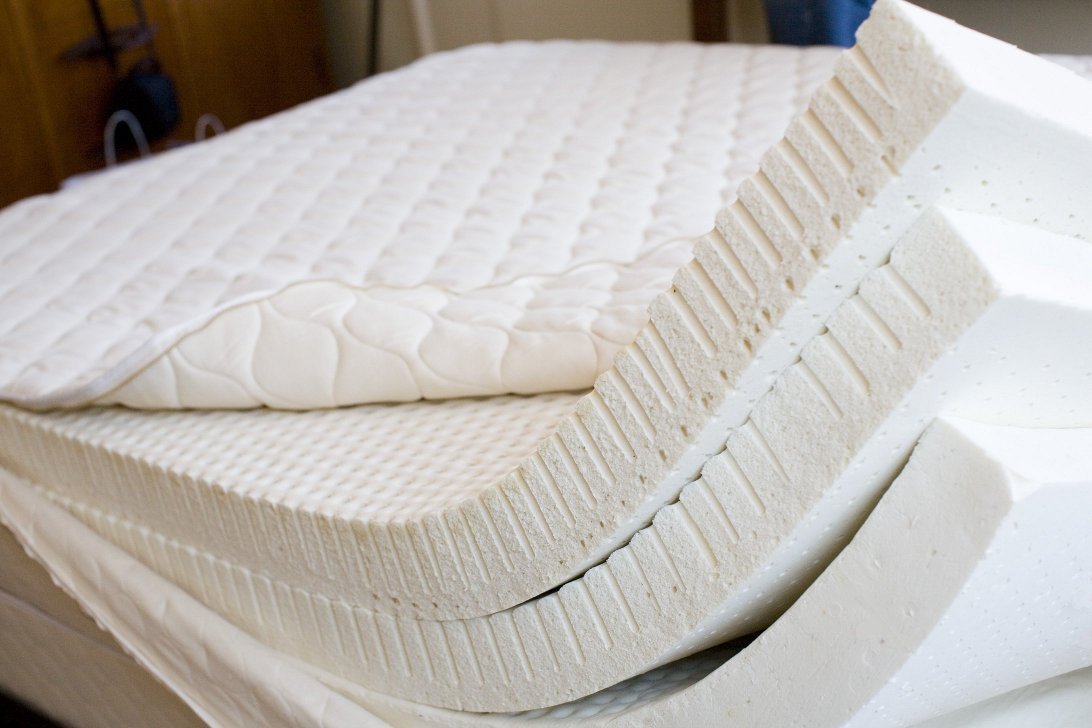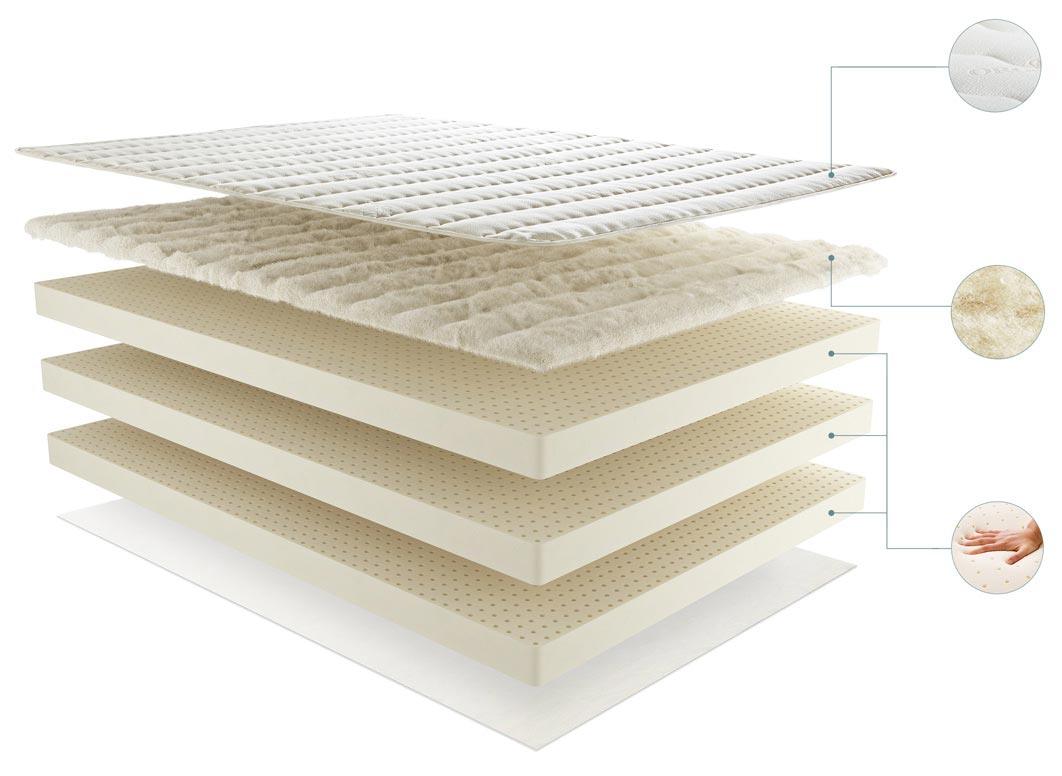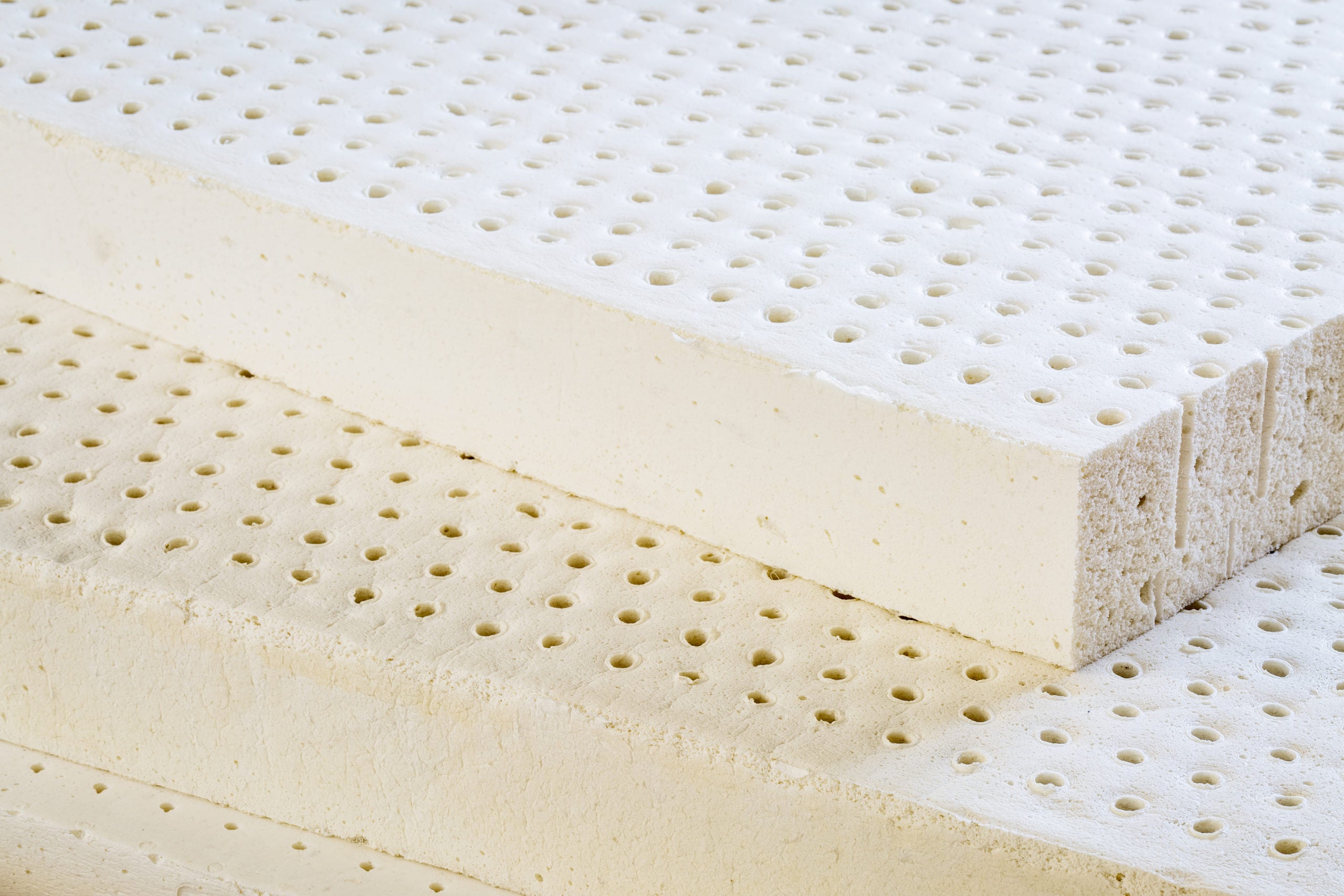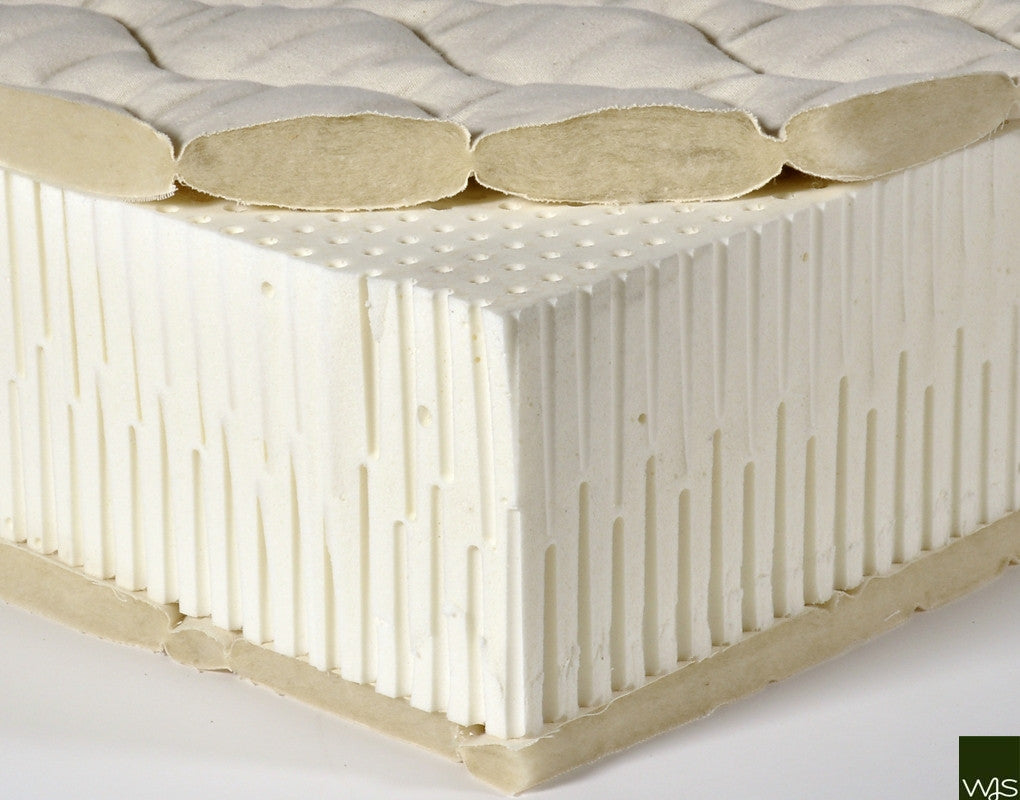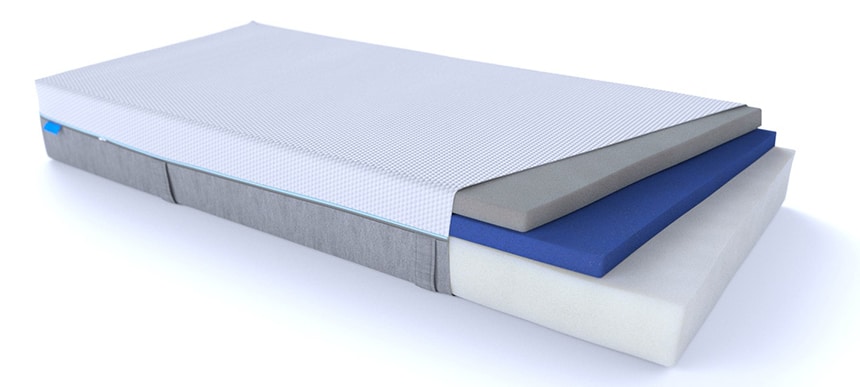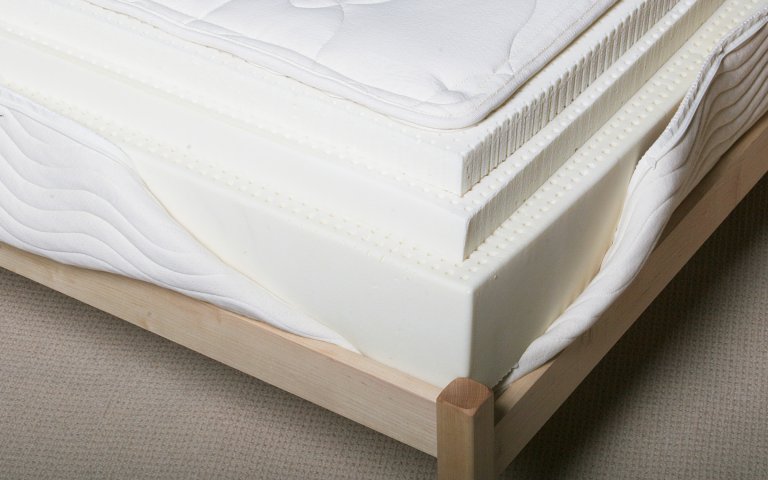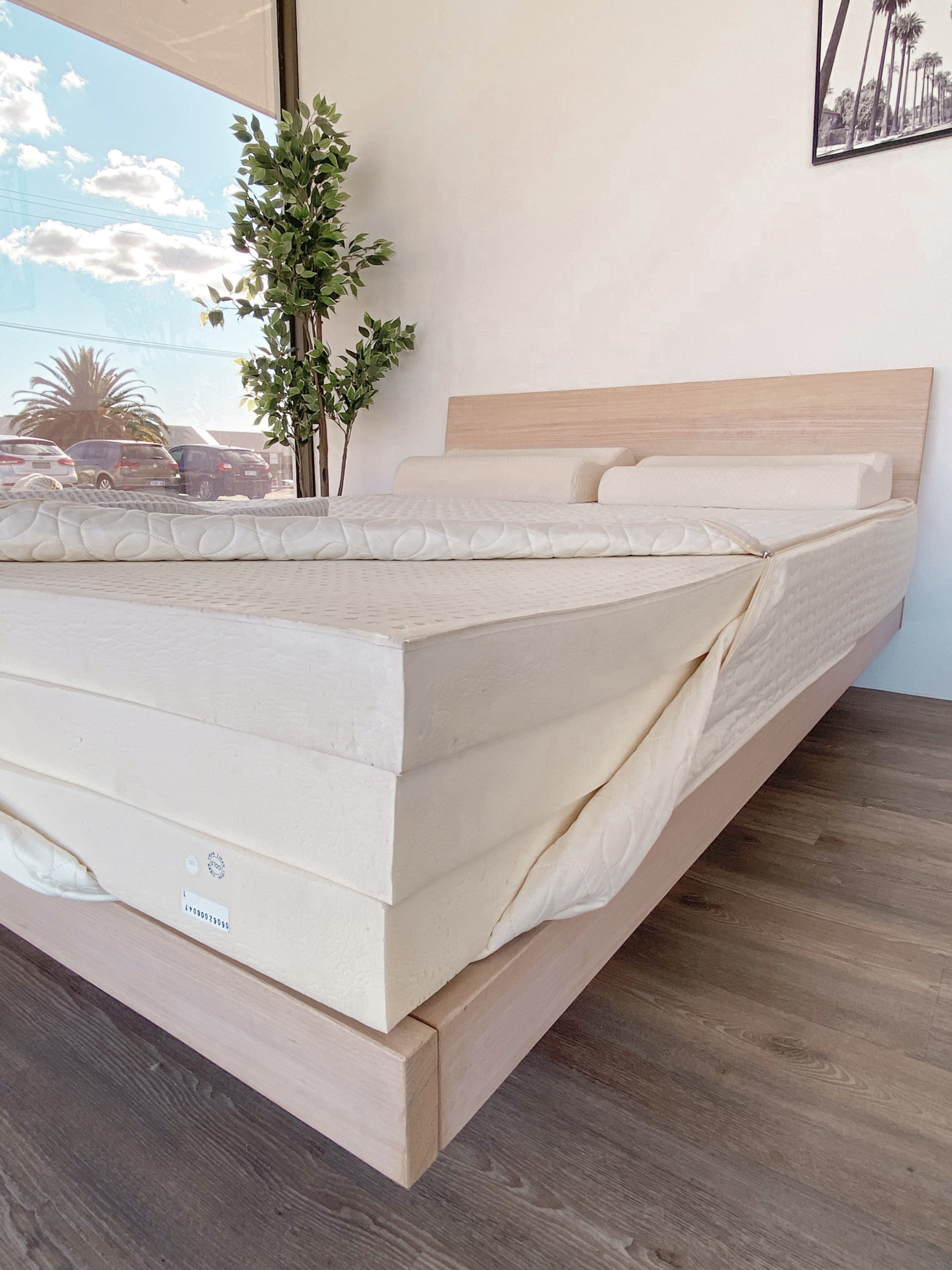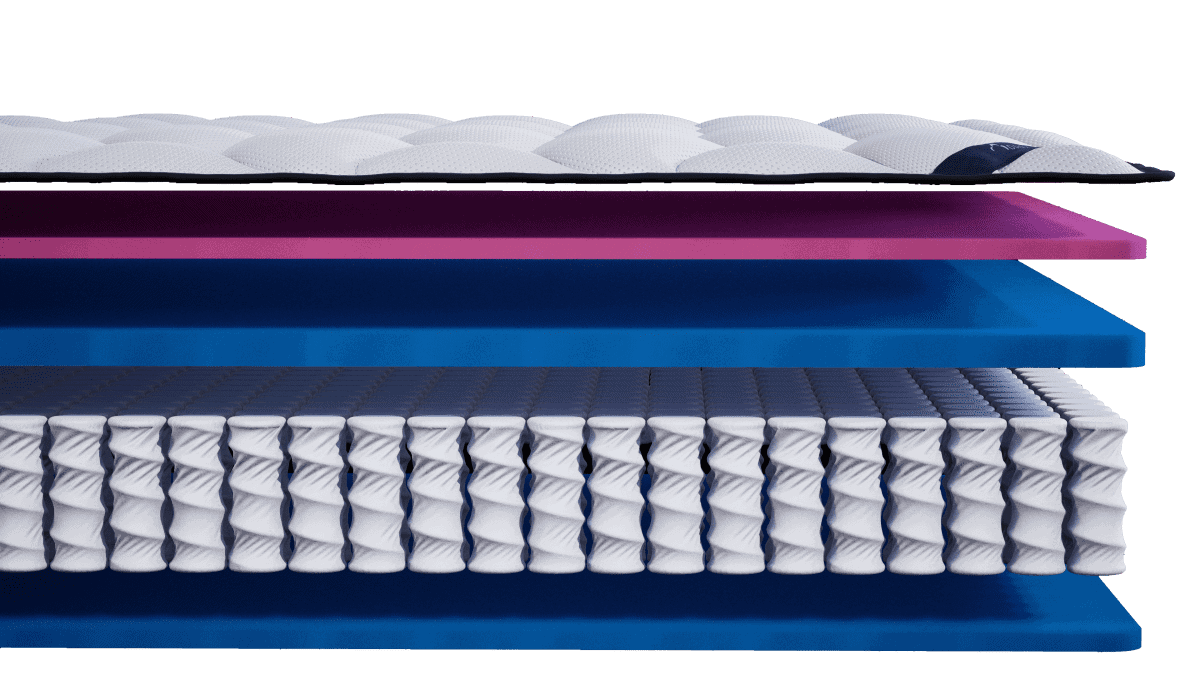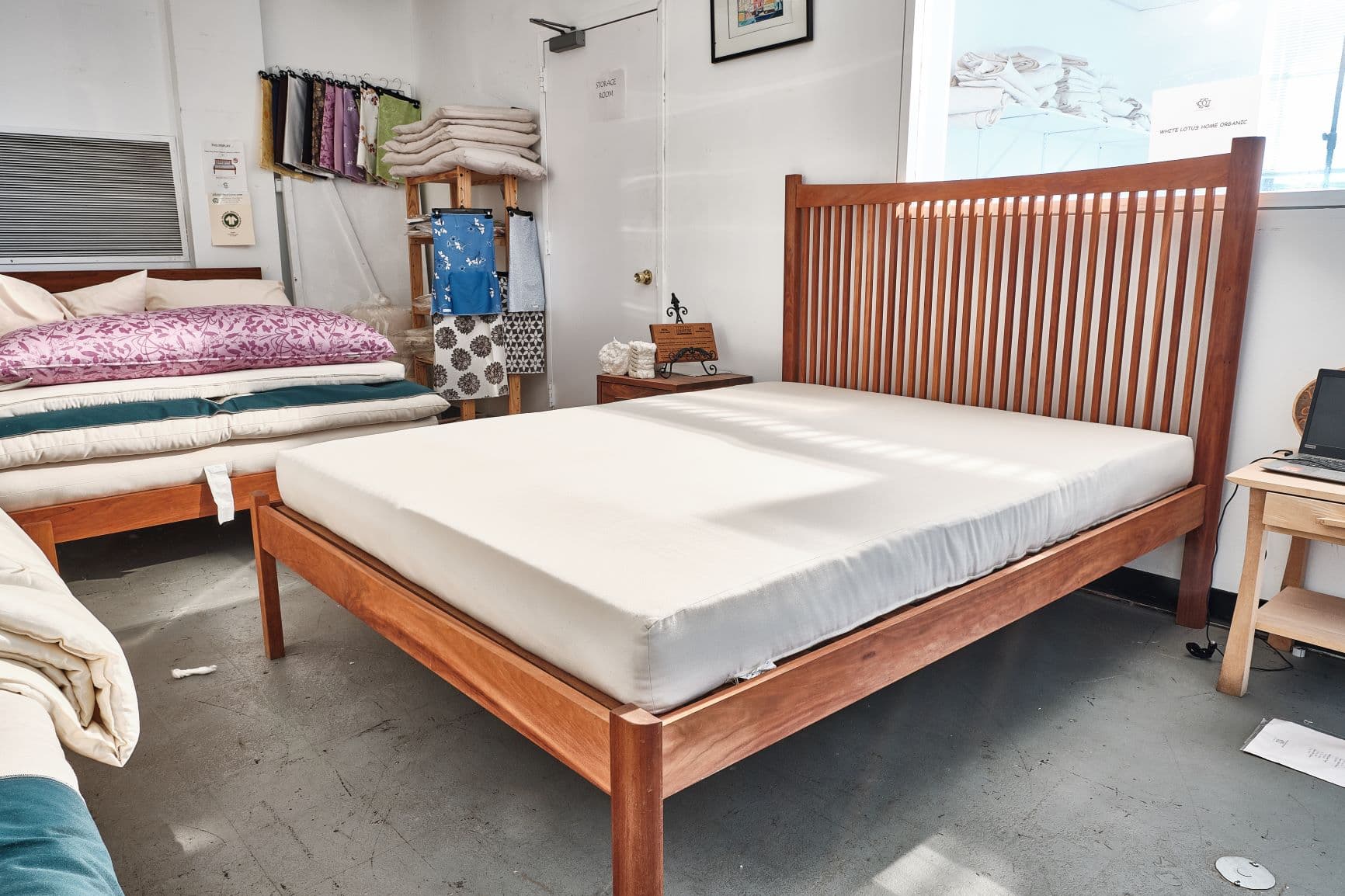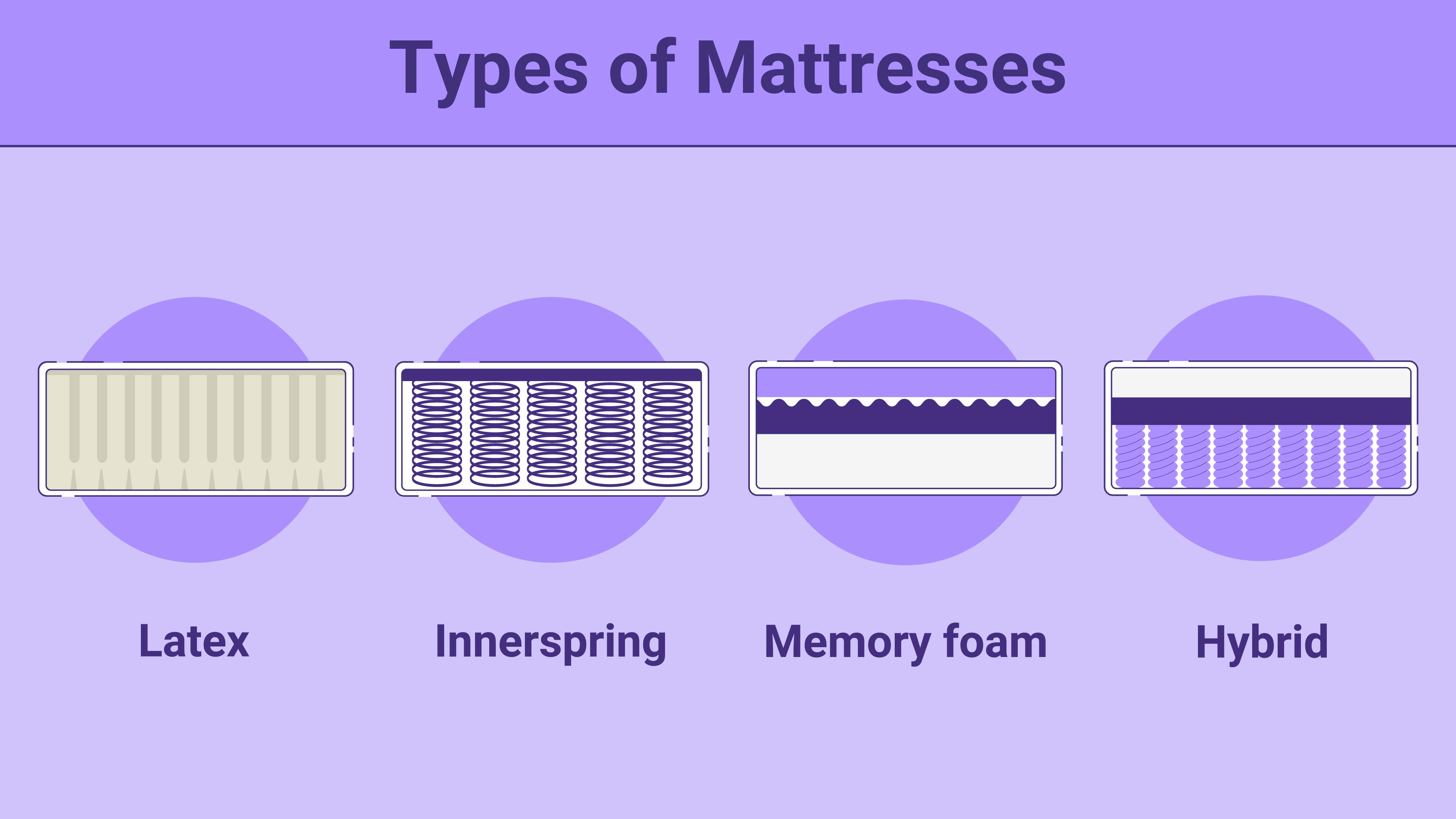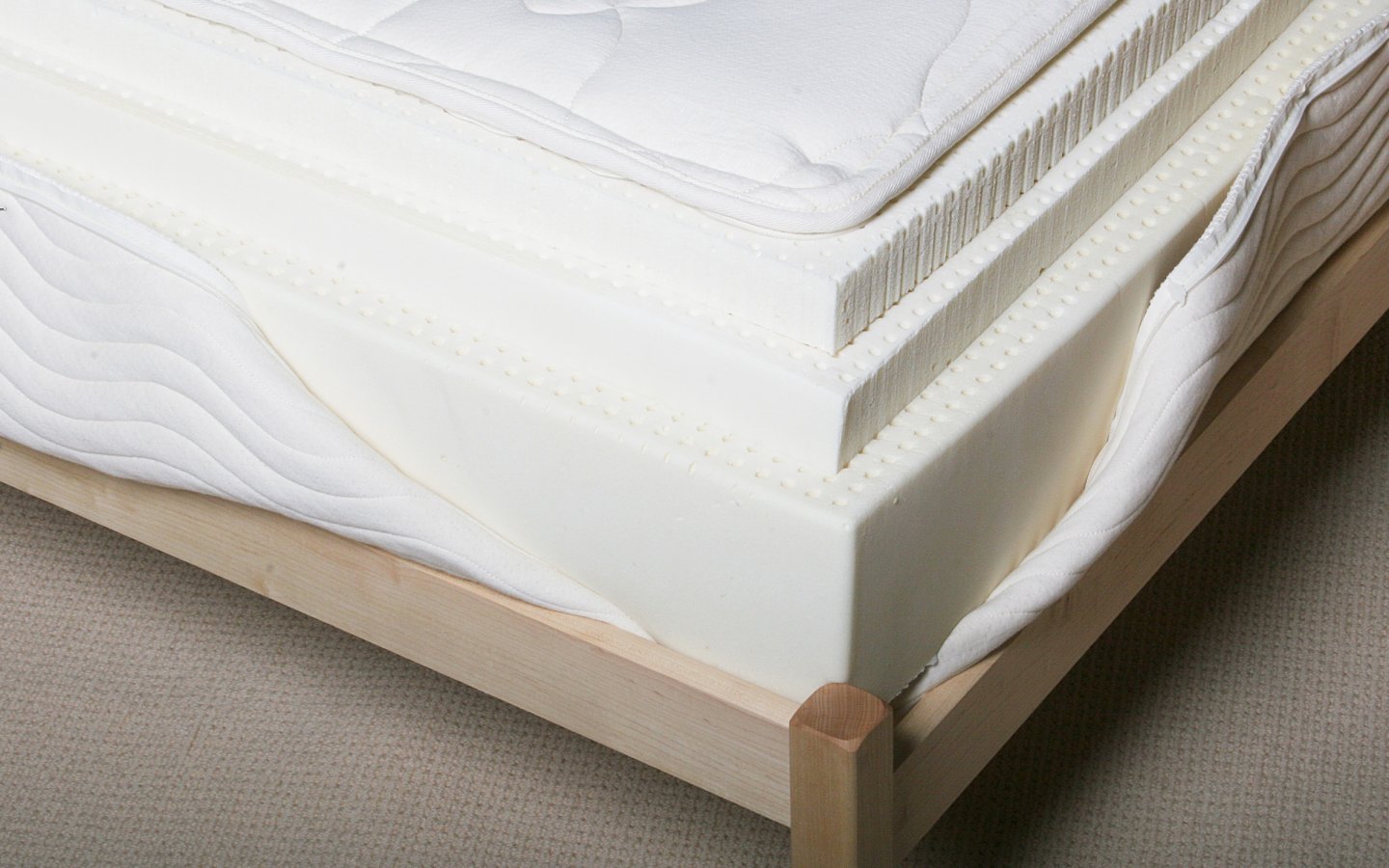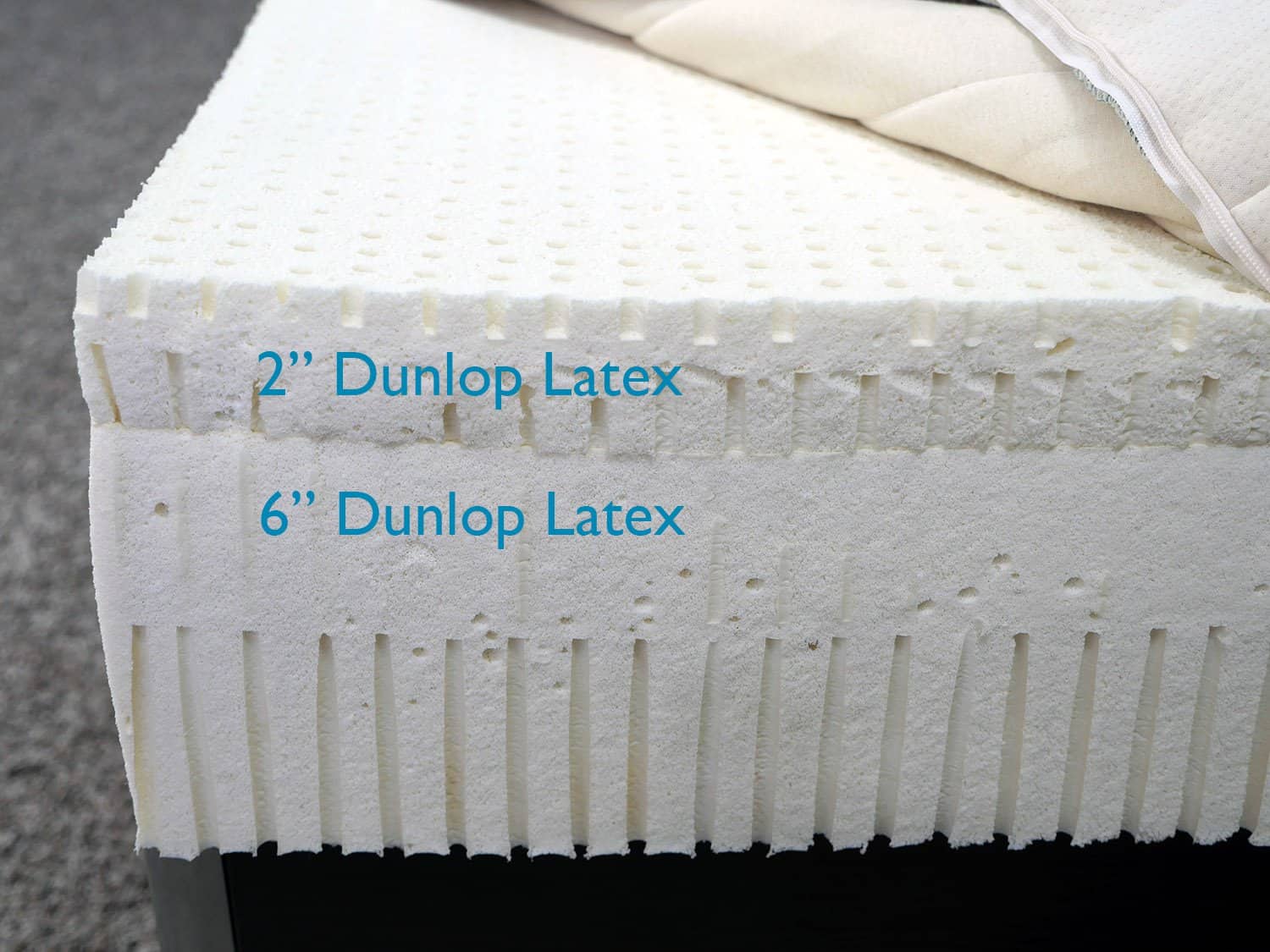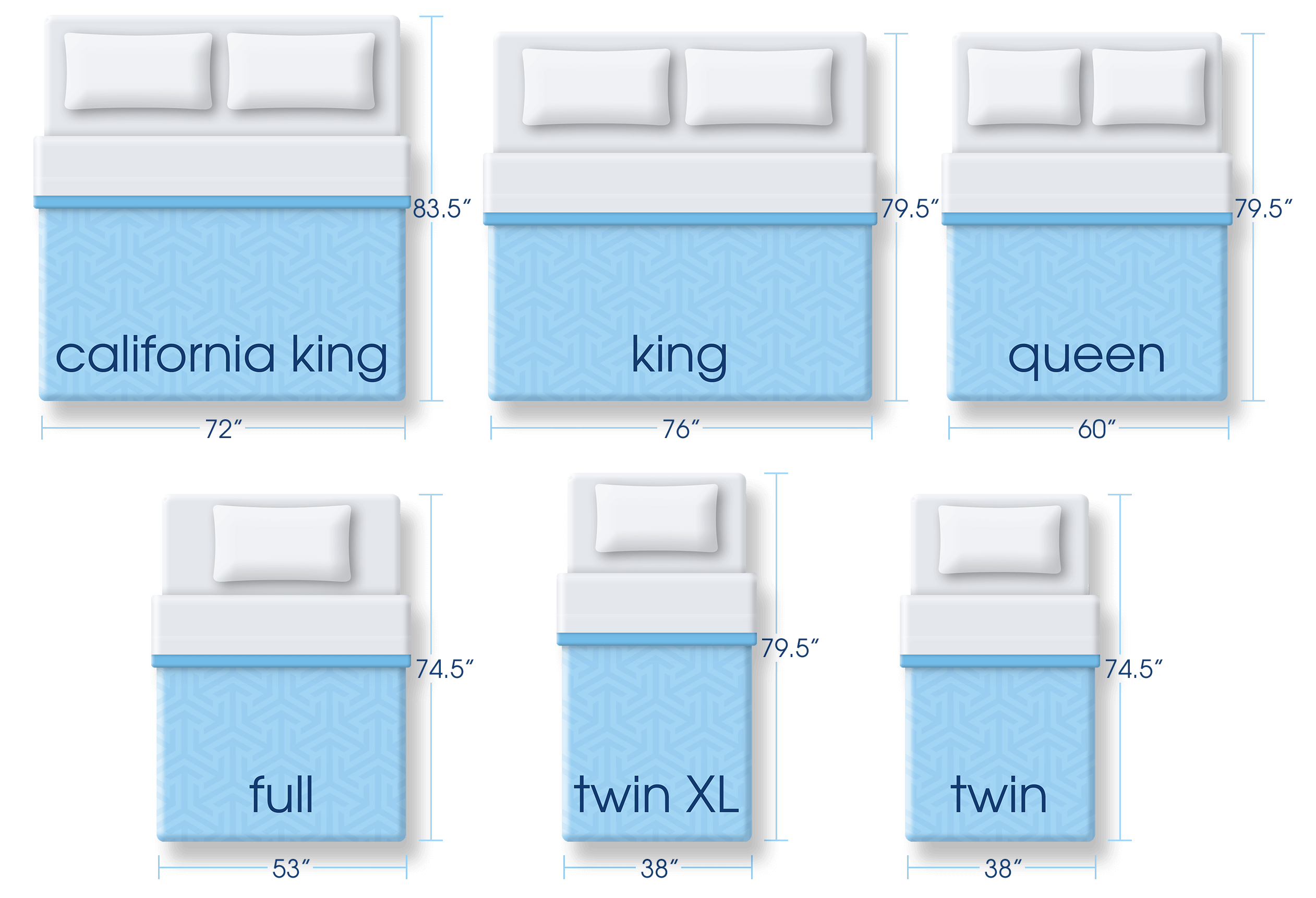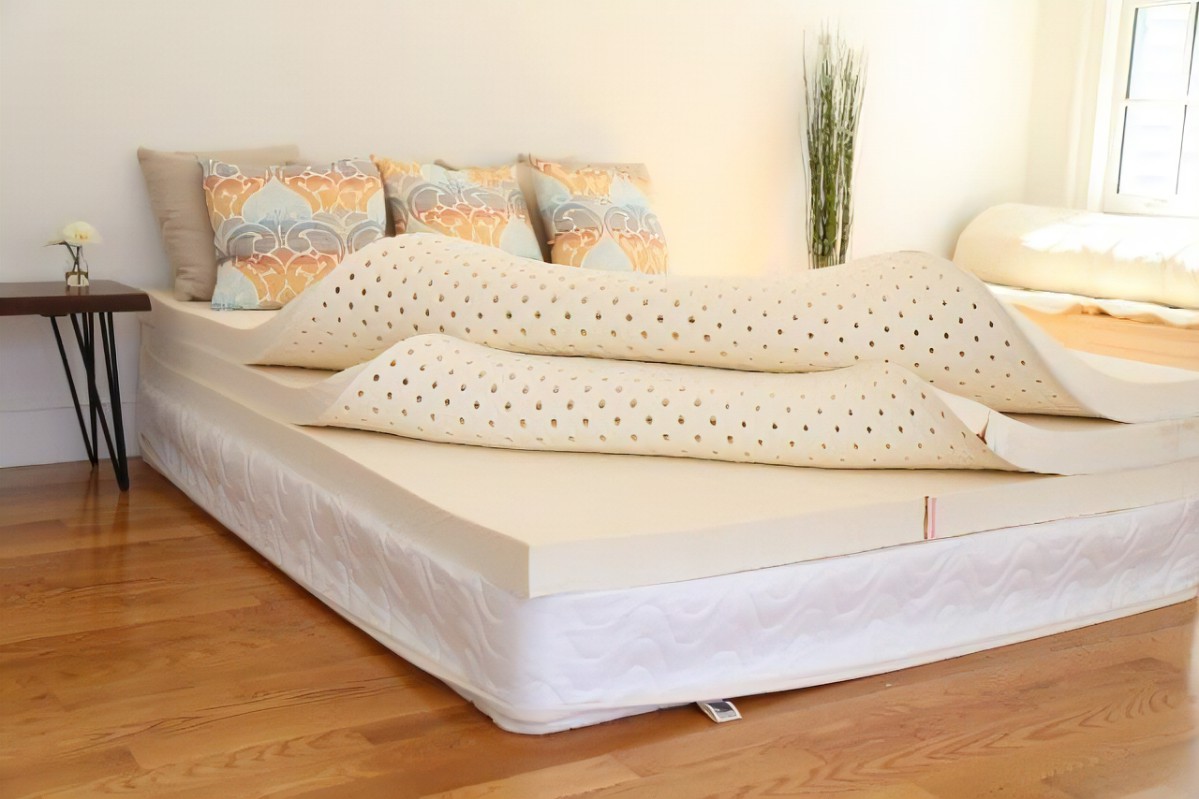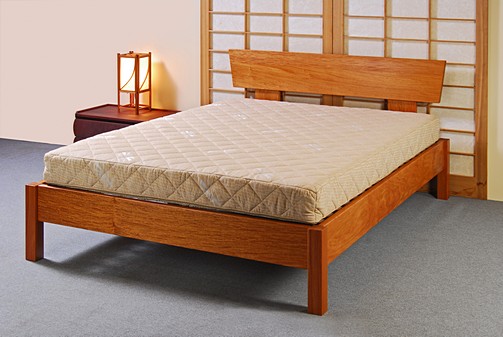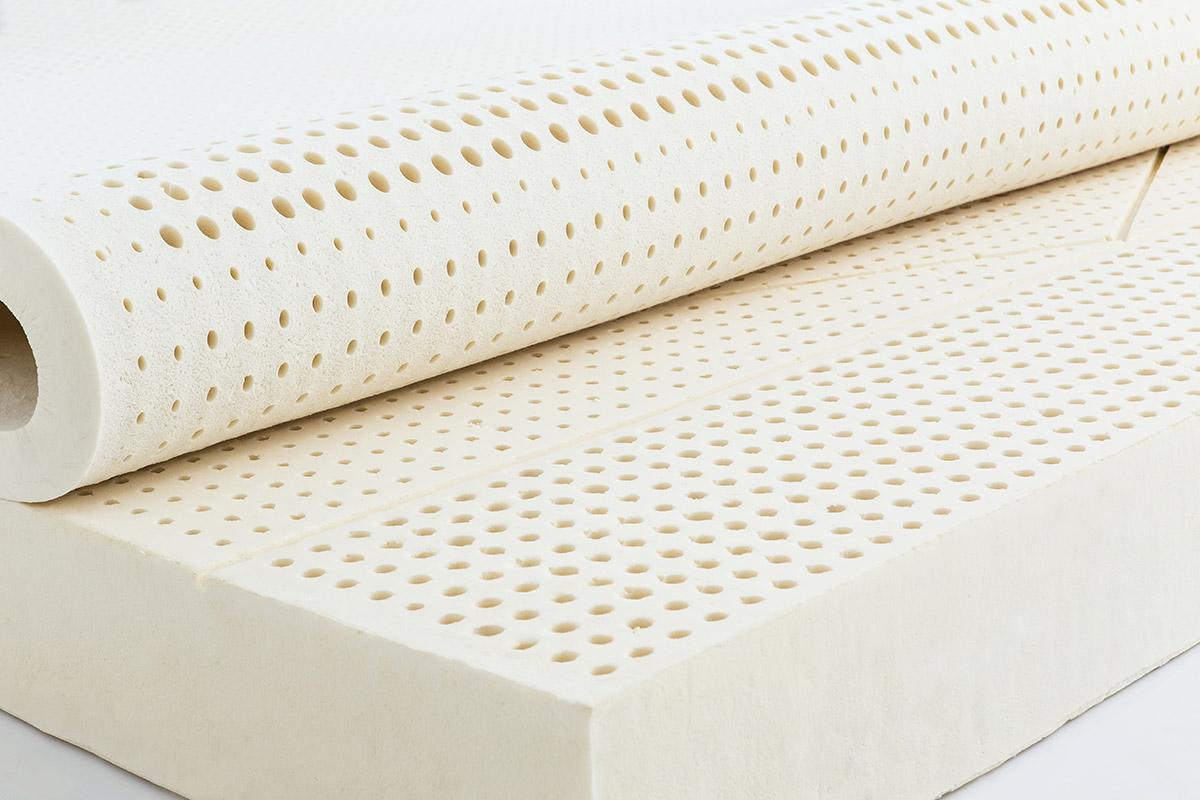When it comes to choosing a latex mattress, one of the most important factors to consider is the layers that make up the mattress. Latex mattresses are known for their durability, comfort, and support, and this is largely due to the different layers used in their construction. So, what exactly are the layers in a latex mattress? Firstly, there is the cover layer, which is the outermost layer of the mattress. This layer is usually made of a soft, breathable material such as organic cotton or bamboo. It provides a comfortable surface to sleep on and also helps to regulate temperature. The next layer is the comfort layer, which is typically made of natural latex foam. This layer is responsible for providing cushioning and pressure relief, ensuring you have a comfortable sleeping experience. The type and thickness of the comfort layer can vary between mattresses, so it's important to choose one that suits your preferences. Underneath the comfort layer is the support layer, which is the thickest layer in a latex mattress. This layer is made of firmer latex foam and provides the necessary support to keep your spine aligned while you sleep. It also helps to distribute your weight evenly, reducing pressure points and promoting better blood circulation. Some latex mattresses may also have a transition layer between the comfort and support layers. This layer is usually made of a combination of natural and synthetic latex foam and helps to provide a smooth transition between the two layers. Finally, there is the base layer, which is the foundation of the mattress. This layer is typically made of high-density foam or pocketed coils and provides stability and durability to the mattress. It also helps to prevent sagging over time and ensures the mattress maintains its shape and support.1. What Are the Layers in a Latex Mattress?
Now that we know the different layers of a latex mattress, let's take a closer look at each layer and its role in providing a comfortable and supportive sleep surface. The cover layer is not just there for aesthetic purposes. It also serves as a barrier between you and the rest of the mattress, protecting it from dust, dirt, and sweat. A good quality cover layer will also be breathable and moisture-wicking, helping to keep you cool and comfortable throughout the night. The comfort layer is the layer that provides the "sleeping on a cloud" feeling. It is made of latex foam, which is known for its responsiveness and ability to conform to your body's shape. This layer is what gives you pressure relief and ensures you don't wake up with aches and pains. The support layer is the backbone of the mattress, providing the necessary support for your spine and joints. It is usually made of a firmer type of latex foam, which helps to keep your body in proper alignment while you sleep. This layer also prevents the mattress from sinking too much, which can lead to discomfort and back pain. The transition layer, if present, serves as a buffer between the comfort and support layers. Its purpose is to provide a gradual transition from the soft comfort layer to the firmer support layer, ensuring you don't feel like you're sinking into the mattress. This layer can also help to distribute weight evenly, providing more support to heavier areas of the body. The base layer is the bottom-most layer of the mattress and is responsible for providing stability and durability. It ensures the mattress maintains its shape and support over time, and prevents sagging or sinking in certain areas.2. Understanding the Layers of a Latex Mattress
Each layer in a latex mattress serves a specific purpose, and together they provide a range of benefits that make latex mattresses a popular choice among sleepers. The cover layer not only adds a layer of softness to the mattress but also helps to protect it from wear and tear. It is also hypoallergenic and resistant to dust mites, making it an ideal choice for those with allergies. The comfort layer is where the magic happens in a latex mattress. Its ability to conform to your body's shape and provide pressure relief makes it a great choice for those with back pain or joint issues. It also has natural cooling properties, helping to regulate temperature and keep you cool throughout the night. The support layer is crucial for maintaining proper spinal alignment and preventing aches and pains. It also helps to reduce motion transfer, making it a great choice for couples who don't want to be disturbed by their partner's movements during the night. The transition layer, if present, provides an extra layer of comfort and support. It can also help to extend the lifespan of the mattress by preventing excessive wear and tear on the comfort and support layers. The base layer provides the necessary stability and durability to the mattress, ensuring it maintains its shape and support over time. This layer also helps to prevent sagging and sinking, which can lead to discomfort and back pain.3. The Benefits of Different Layers in a Latex Mattress
With so many different layers to choose from, it can be overwhelming to decide which ones are right for you. To make the decision easier, consider your sleeping preferences and needs. If you prefer a softer sleeping surface, you may want to opt for a thicker comfort layer. If you have back pain or joint issues, a thicker support layer may be more beneficial. You can also choose a mattress with a combination of latex and other materials, such as memory foam, to get the best of both worlds. It's also important to choose a mattress with high-quality layers that are durable and provide the desired level of comfort and support. Don't be afraid to test out different mattresses and ask questions about the materials and layers used.4. How to Choose the Right Layers for Your Latex Mattress
When shopping for a latex mattress, you may come across different terms for the layers, such as Talalay, Dunlop, or blended latex. These terms refer to the process used to create the latex foam and can affect the feel and properties of the mattress. Talalay latex is known for its soft and plush feel, making it a popular choice for the comfort layer. Dunlop latex, on the other hand, is denser and firmer, making it ideal for the support layer. Blended latex is a combination of both Talalay and Dunlop, providing a balance of comfort and support. It's important to note that there is no "right" or "wrong" type of latex, as it ultimately comes down to personal preference. However, it's helpful to understand these terms when choosing a latex mattress.5. Exploring the Different Layers of a Latex Mattress
The quality of the layers in a latex mattress can make a significant difference in your sleep experience. High-quality materials and construction ensure the mattress is comfortable, supportive, and durable. It's also essential to choose a mattress from a reputable brand that uses certified organic materials and sustainable production processes. This not only ensures a healthier sleep environment but also supports ethical and eco-friendly practices. Remember, a latex mattress is an investment in your sleep and overall well-being, so it's worth investing in a high-quality one that will last for years to come.6. The Importance of Quality Layers in a Latex Mattress
Latex mattresses are often compared to other types, such as memory foam or innerspring. While each type has its benefits, here's how the layers in a latex mattress compare. Compared to memory foam, latex foam is more responsive and has a quicker bounce-back, making it easier to move and change positions during the night. Latex also has natural cooling properties, whereas memory foam tends to retain heat. Innerspring mattresses usually have a thinner comfort layer and a thicker support layer, which can lead to a more bouncy and less supportive feel. Latex mattresses, on the other hand, have a thicker comfort layer and a thinner support layer, providing better pressure relief and support. Ultimately, the best mattress for you will depend on your personal preferences and needs. However, the layers in a latex mattress make it a popular choice for those seeking a comfortable and supportive sleep surface.7. Comparing the Layers of Latex Mattresses to Other Types
To ensure your latex mattress stays in top condition for as long as possible, it's essential to properly care for the layers. Start by regularly rotating the mattress to prevent uneven wear and tear on the layers. This is especially important during the first few months of use, as the materials are still settling and adjusting to your body's weight and movements. It's also important to use a mattress protector to keep the cover layer clean and protected from spills and stains. If necessary, spot clean any stains with a gentle detergent and warm water. Finally, avoid exposing the mattress to direct sunlight or excessive heat, as this can damage the layers and reduce their lifespan. A good quality latex mattress can last for 10 to 15 years with proper care.8. How to Properly Care for the Layers of Your Latex Mattress
Each layer in a latex mattress plays a crucial role in providing a comfortable and supportive sleep surface. The cover layer protects and adds a layer of softness to the mattress. The comfort layer provides pressure relief and cushioning, while the support layer keeps your spine and joints aligned. The transition layer, if present, helps to ease the transition between the comfort and support layers. And finally, the base layer provides stability and durability to the mattress, ensuring it maintains its shape and support over time. Together, these layers work in harmony to provide a restful and rejuvenating sleep experience.9. The Role of Each Layer in Providing Comfort and Support in a Latex Mattress
If you're looking to customize the layers in your latex mattress, here are a few tips: - If you prefer a softer feel, opt for a thicker comfort layer and a thinner support layer. - If you need more support, choose a thicker support layer and a thinner comfort layer. - Consider adding a transition layer for a smoother feel and better weight distribution. - Experiment with different types of latex (Talalay, Dunlop, or blended) to find the one that suits your preferences best. - Don't be afraid to test out different mattresses and ask questions about the materials and layers used.10. Tips for Customizing the Layers in Your Latex Mattress for Maximum Comfort
Why Layers Matter in a Latex Mattress
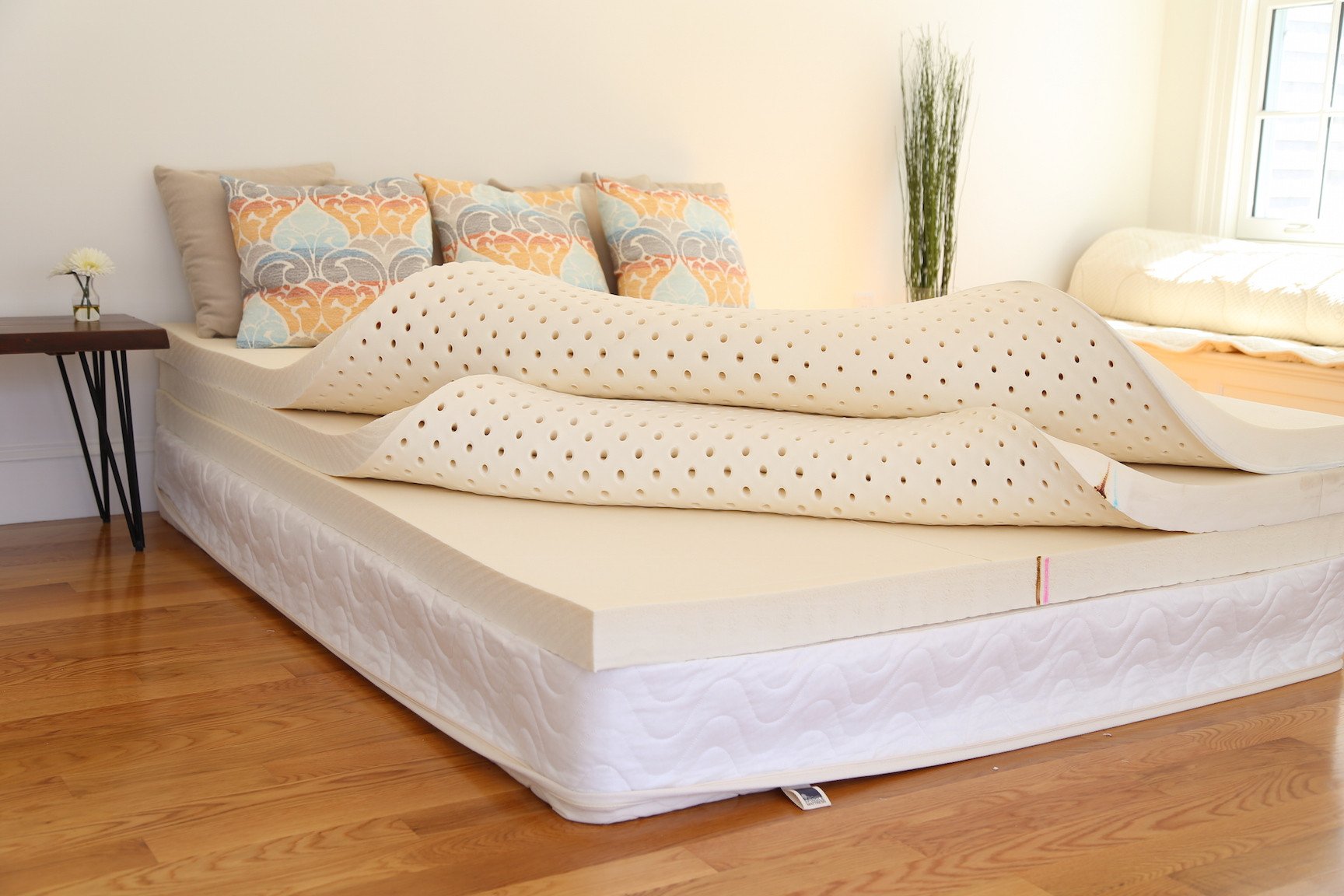
The Importance of Layer Construction
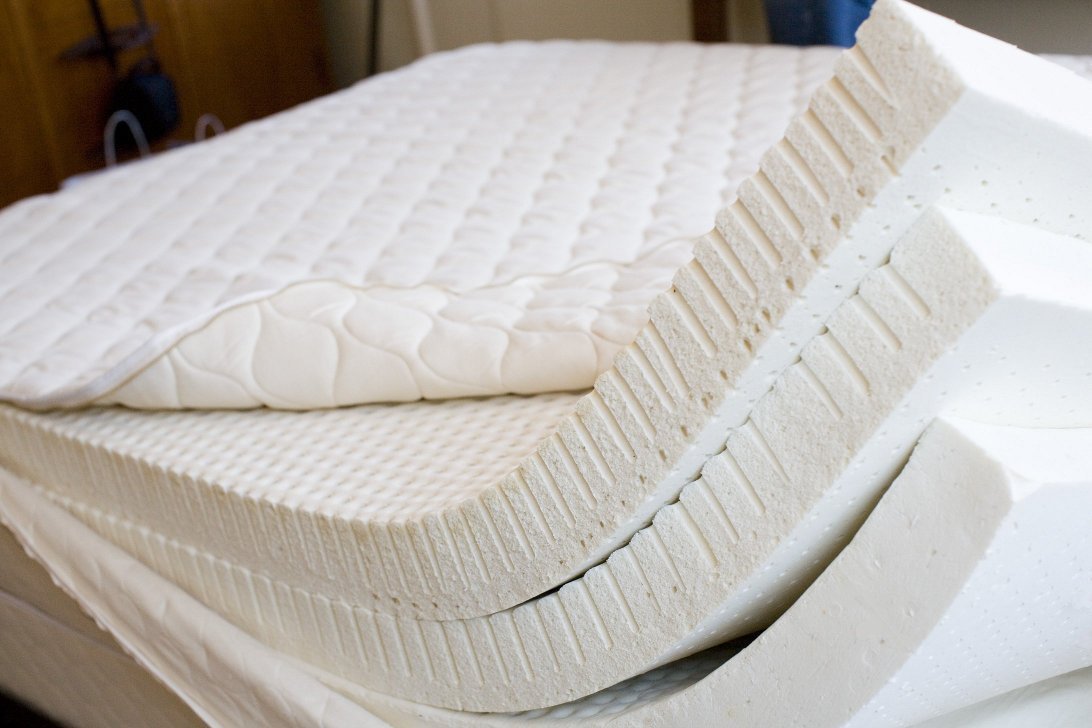 When it comes to choosing a mattress, many people focus solely on the materials used on the surface. However, the construction of the layers within a mattress is just as important, if not more so. This is especially true for latex mattresses, which are known for their superior comfort and support. The way the layers are designed and stacked in a latex mattress can greatly impact its overall feel and performance. Let's take a closer look at why layers matter in a latex mattress.
When it comes to choosing a mattress, many people focus solely on the materials used on the surface. However, the construction of the layers within a mattress is just as important, if not more so. This is especially true for latex mattresses, which are known for their superior comfort and support. The way the layers are designed and stacked in a latex mattress can greatly impact its overall feel and performance. Let's take a closer look at why layers matter in a latex mattress.
Comfort and Support
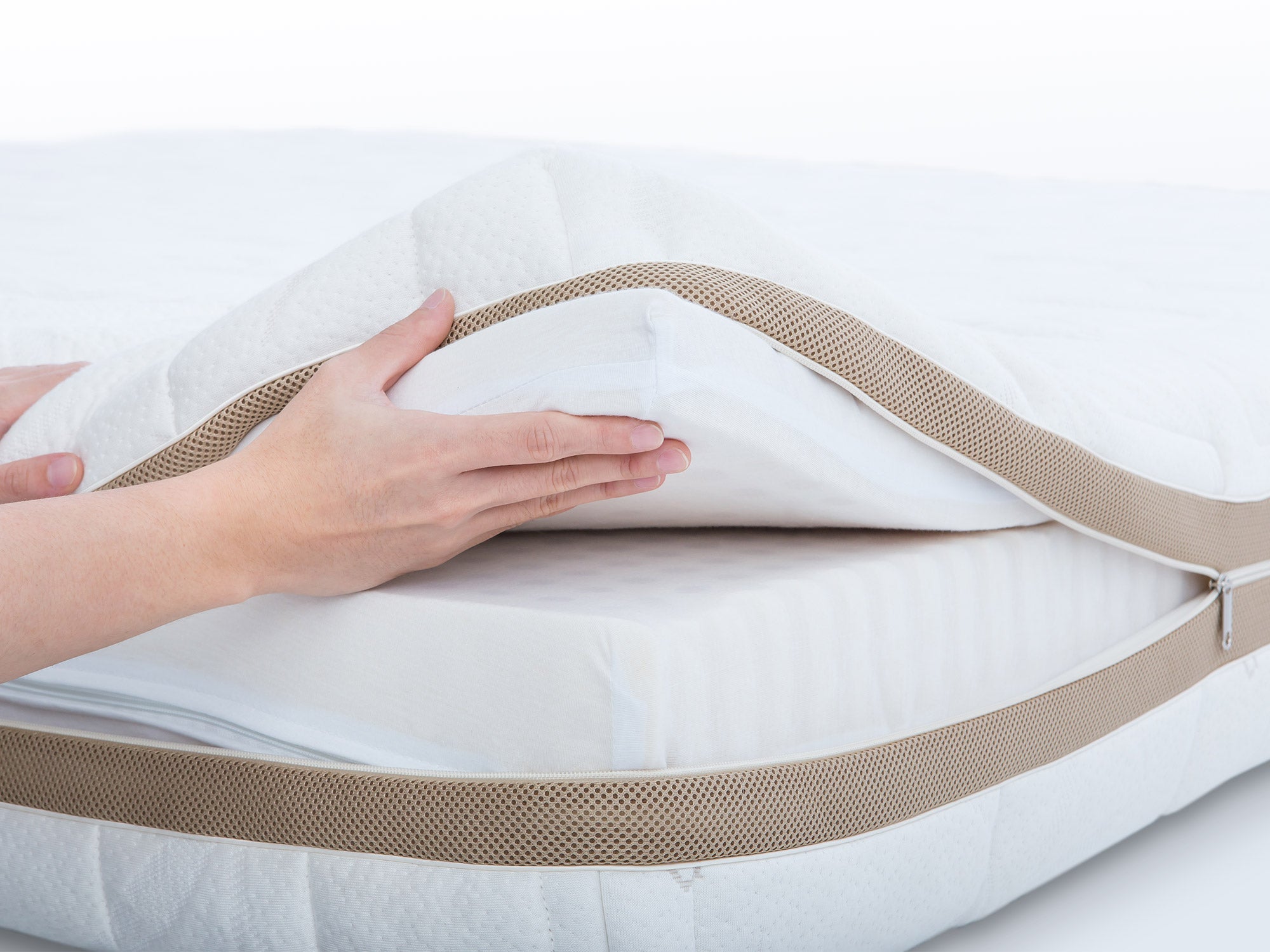 Latex mattresses
are typically made up of multiple layers of latex foam, each with a different density and firmness. These layers work together to provide both comfort and support. The top layer is usually made of a softer latex foam, which provides a plush, contouring feel. This layer is responsible for cushioning pressure points and relieving pain and stiffness in the body. The middle layer is slightly firmer and adds support to the top layer, ensuring proper spinal alignment. The bottom layer is the firmest and provides the foundational support for the entire mattress.
Latex mattresses
are typically made up of multiple layers of latex foam, each with a different density and firmness. These layers work together to provide both comfort and support. The top layer is usually made of a softer latex foam, which provides a plush, contouring feel. This layer is responsible for cushioning pressure points and relieving pain and stiffness in the body. The middle layer is slightly firmer and adds support to the top layer, ensuring proper spinal alignment. The bottom layer is the firmest and provides the foundational support for the entire mattress.
Customization
 One of the greatest benefits of a latex mattress is its ability to be customized to your specific needs and preferences. With multiple layers, you can mix and match different densities and firmness levels to create a mattress that is perfect for you. For example, if you prefer a softer feel, you can choose a top layer with a lower density, while someone who needs more support can opt for a firmer top layer. This customization allows you to create a truly personalized sleeping experience.
One of the greatest benefits of a latex mattress is its ability to be customized to your specific needs and preferences. With multiple layers, you can mix and match different densities and firmness levels to create a mattress that is perfect for you. For example, if you prefer a softer feel, you can choose a top layer with a lower density, while someone who needs more support can opt for a firmer top layer. This customization allows you to create a truly personalized sleeping experience.
Durability
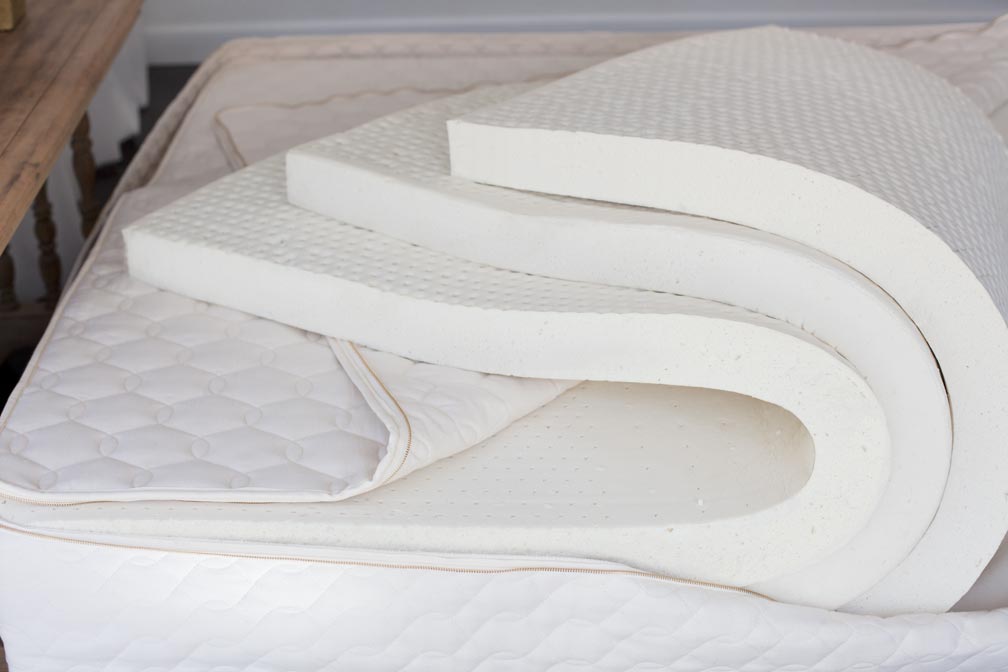 Layer construction also plays a crucial role in the lifespan of a latex mattress. By using multiple layers, the weight of the body can be distributed evenly, preventing sagging and wear on one specific area. This means that the mattress will maintain its shape and support for a longer period of time. Additionally, if one layer does wear out or become damaged, it can easily be replaced without having to replace the entire mattress.
In conclusion, the layers in a latex mattress are essential to its overall comfort, support, and durability. By carefully designing and constructing these layers, manufacturers can create a mattress that meets the individual needs of each sleeper. So next time you're in the market for a new mattress, be sure to pay attention to the layers and their construction to ensure a comfortable and restful night's sleep.
Layer construction also plays a crucial role in the lifespan of a latex mattress. By using multiple layers, the weight of the body can be distributed evenly, preventing sagging and wear on one specific area. This means that the mattress will maintain its shape and support for a longer period of time. Additionally, if one layer does wear out or become damaged, it can easily be replaced without having to replace the entire mattress.
In conclusion, the layers in a latex mattress are essential to its overall comfort, support, and durability. By carefully designing and constructing these layers, manufacturers can create a mattress that meets the individual needs of each sleeper. So next time you're in the market for a new mattress, be sure to pay attention to the layers and their construction to ensure a comfortable and restful night's sleep.





